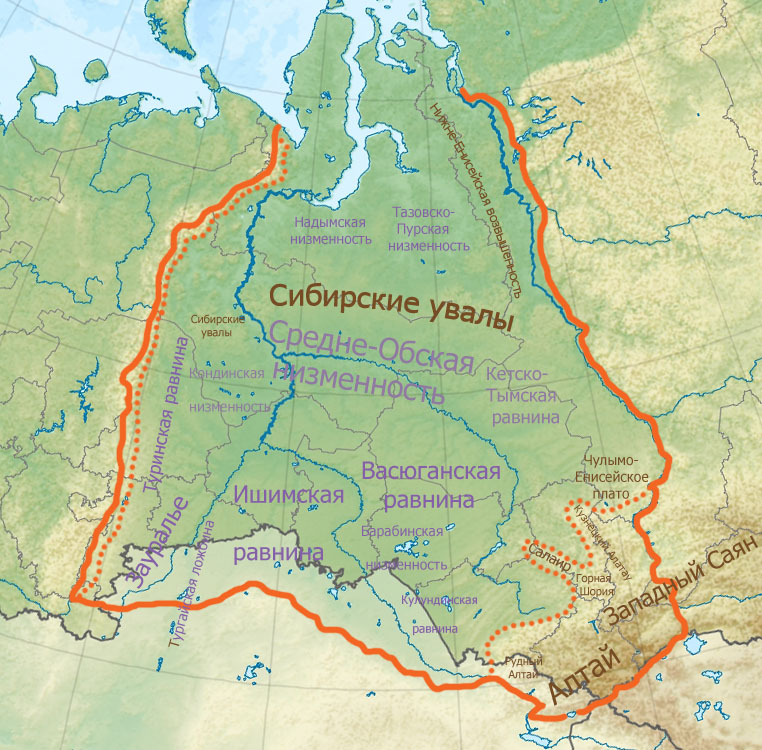|
Ranunculus Cassubicus
''Ranunculus cassubicus'' is a species of flowering plant belonging to the family Ranunculaceae. Its native range is south-eastern and eastern Europe to Western Siberia Western Siberia or West Siberia (russian: Западная Сибирь, Zapadnaya Sibir'; kk, Батыс Сібір) is a part of the larger region of Siberia that is mostly located in the Russian Federation. It lies between the Ural region an ... and Central Asia. References {{Taxonbar, from=Q1734898 cassubicus ... [...More Info...] [...Related Items...] OR: [Wikipedia] [Google] [Baidu] |
Flowering Plant
Flowering plants are plants that bear flowers and fruits, and form the clade Angiospermae (), commonly called angiosperms. The term "angiosperm" is derived from the Greek words ('container, vessel') and ('seed'), and refers to those plants that produce their seeds enclosed within a fruit. They are by far the most diverse group of land plants with 64 orders, 416 families, approximately 13,000 known genera and 300,000 known species. Angiosperms were formerly called Magnoliophyta (). Like gymnosperms, angiosperms are seed-producing plants. They are distinguished from gymnosperms by characteristics including flowers, endosperm within their seeds, and the production of fruits that contain the seeds. The ancestors of flowering plants diverged from the common ancestor of all living gymnosperms before the end of the Carboniferous, over 300 million years ago. The closest fossil relatives of flowering plants are uncertain and contentious. The earliest angiosperm fossils ar ... [...More Info...] [...Related Items...] OR: [Wikipedia] [Google] [Baidu] |
Ranunculaceae
Ranunculaceae (buttercup or crowfoot family; Latin "little frog", from "frog") is a family of over 2,000 known species of flowering plants in 43 genera, distributed worldwide. The largest genera are ''Ranunculus'' (600 species), ''Delphinium'' (365), ''Thalictrum'' (330), ''Clematis'' (325), and ''Aconitum'' (300). Description Ranunculaceae are mostly herbaceous annuals or perennials, but some are woody climbers (such as ''Clematis'') or shrubs (e.g. ''Xanthorhiza''). Most members of the family have bisexual flowers which can be showy or inconspicuous. Flowers are solitary, but are also found aggregated in cymes, panicles, or spikes. The flowers are usually radially symmetrical but are also found to be bilaterally symmetrical in the genera ''Aconitum'' and ''Delphinium''. The sepals, petals, stamens and carpels are all generally free (not fused), the outer flower segments typically number four or five. The outer stamens may be modified to produce only nectar, as in Aqui ... [...More Info...] [...Related Items...] OR: [Wikipedia] [Google] [Baidu] |
Western Siberia
Western Siberia or West Siberia (russian: Западная Сибирь, Zapadnaya Sibir'; kk, Батыс Сібір) is a part of the larger region of Siberia that is mostly located in the Russian Federation. It lies between the Ural region and the Yenisei River, which conventionally divides Siberia into two halves. Western Siberia covers an area of , nearly 80% of which is located within the West Siberian Plain. The largest rivers of the region are the Irtysh and the Ob. The West Siberian petroleum basin is the largest hydrocarbon (petroleum and natural gas) basin in the world covering an area of about 2.2 million km2, and is also the largest oil and gas producing region in Russia. In medieval times, the region was part of the Golden Horde. After its gradual decline during the 15th century, the Khanate of Sibir, centered on Tyumen, was formed within the area. In the late 16th century, most of Western Siberia was conquered by the Russian Empire, while its southern region be ... [...More Info...] [...Related Items...] OR: [Wikipedia] [Google] [Baidu] |
Central Asia
Central Asia, also known as Middle Asia, is a subregion, region of Asia that stretches from the Caspian Sea in the west to western China and Mongolia in the east, and from Afghanistan and Iran in the south to Russia in the north. It includes the former Soviet Union, Soviet republics of the Soviet Union, republics of Kazakhstan, Kyrgyzstan, Tajikistan, Turkmenistan, and Uzbekistan, which are colloquially referred to as the "-stans" as the countries all have names ending with the Persian language, Persian suffix "-stan", meaning "land of". The current geographical location of Central Asia was formerly part of the historic region of Turkestan, Turkistan, also known as Turan. In the pre-Islamic and early Islamic eras ( and earlier) Central Asia was inhabited predominantly by Iranian peoples, populated by Eastern Iranian languages, Eastern Iranian-speaking Bactrians, Sogdians, Khwarezmian language, Chorasmians and the semi-nomadic Scythians and Dahae. After expansion by Turkic peop ... [...More Info...] [...Related Items...] OR: [Wikipedia] [Google] [Baidu] |


.png)